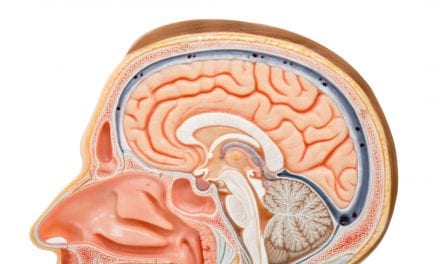Travelers frequently report experiencing a significantly slower jet lag recovery after an eastward versus a westward flight. While some are quick to dismiss this complaint as being “all in their head,” new research suggests it may be caused by the oscillation of a certain type of brain cells.
Circadian rhythms, which govern jet lag recovery, are controlled by the synchronization of many neuronal oscillators within the brain. Brain cells within the hypothalamus—the region of the brain that governs circadian rhythms—undergo daily cycles of activity.
But after a rapid time zone shift, the brain’s oscillatory circadian pacemaker cells are incapable of instantly adjusting to a rhythm appropriate to the new time zone.
So a team of University of Maryland researchers decided to explore whether the east-west asymmetry of jet lag could be understood via mathematical models of these oscillations of cells within the brain, and made some interesting discoveries about the dynamics involved, which they report in the journal Chaos, from AIP Publishing.
Akin to cars racing around a circular track, some of the brain’s “circadian pacemaker cells” could complete the circuit faster on their own than others. But due to their mutual interactions sharing the track, these cells tend to form a traffic clump and travel around the track as a group.
“In the absence of a controlling influence, say ‘a man with a yellow flag,’ the clump of cells completes the circuit within a period of time that may not correspond exactly to one day,” says Michelle Girvan, an associate professor of physics at the University of Maryland’s Institute for Physical Science and Technology, in a release.
Studies have shown that without daily variations of sunlight acting as that “man with the yellow flag,” or traffic controller, the brain’s circadian pacemaker cells complete their cycle in a time slightly longer than a day.
“Our mathematical model is based on this type of picture,” Girvan says. “We start by explicitly modeling the dynamics of a large number of cells, and then use a novel method for simplifying this very large system to a single equation that can be easily analyzed.”
What did they discover? While an average person’s natural circadian rhythm is believed to slightly exceed 24 hours, the team’s model indicated that this small amount of time—on the order of 30 minutes—is significant and can explain the rather large east-west asymmetry for jet lag recovery, which can equate to days when traveling across several times zones.
Their model also explains how individuals can experience a differing severity in response to rapid cross-time-zone travel. Since the neuronal oscillator cells of different individuals may have different properties, in the absence of regulation by the diurnal pattern of sunlight, “some people may have a natural circadian rhythm with a period of 24.5 hours, while others may have longer or shorter natural rhythms,” Girvan says. “Our model suggests that the difference between a person’s natural period and 24 hours controls how they experience jet lag.”
The team hopes that the mechanistic insights provided by their simplified model “can serve as a guide for developing more in-depth qualitative approaches, as well as strategies to combat circadian rhythm disruptions due to rapid cross-time-zone travel, shift work, or blindness,” Girvan says.



